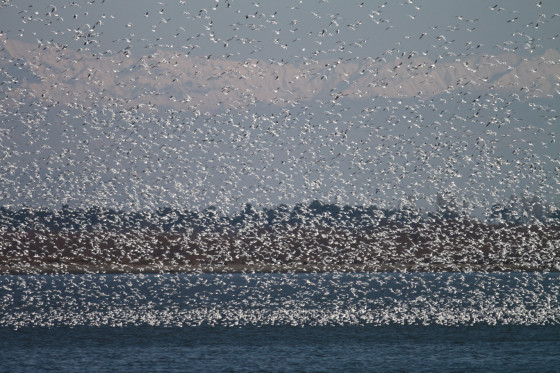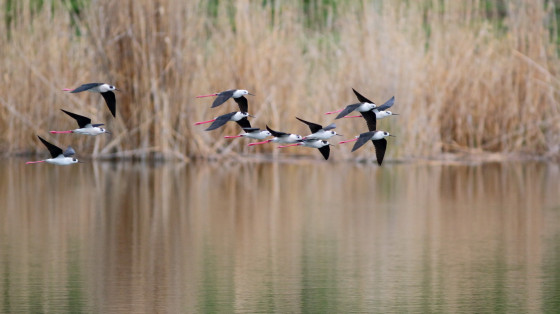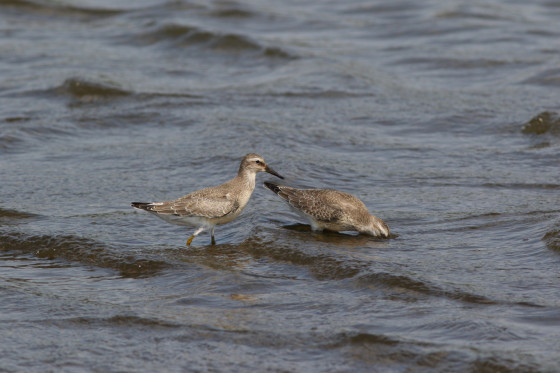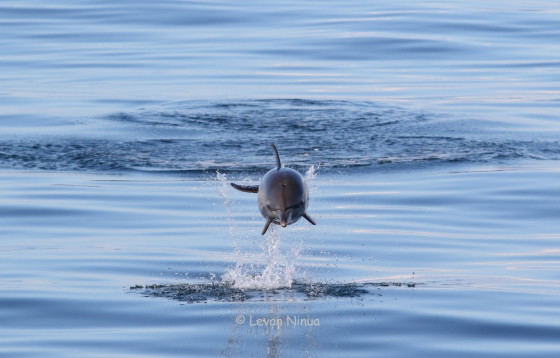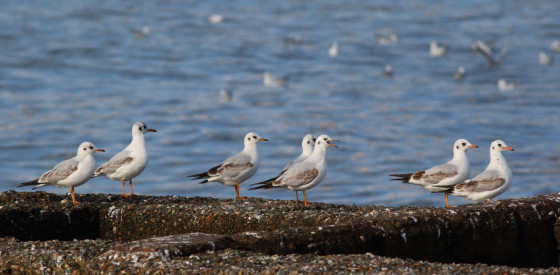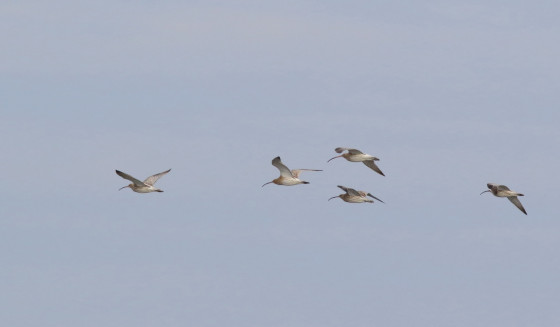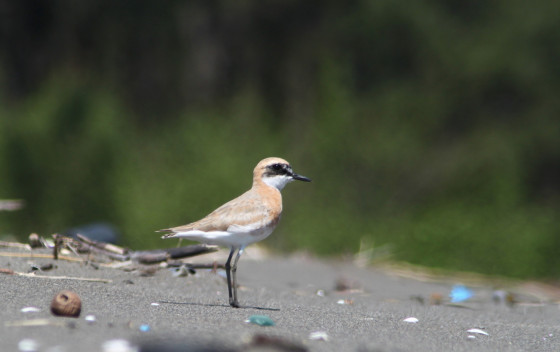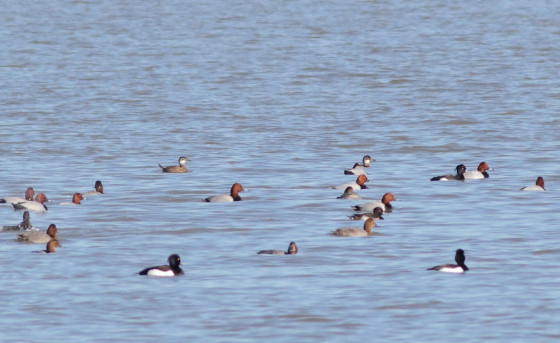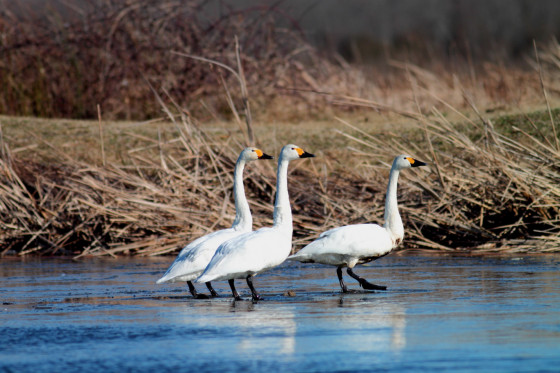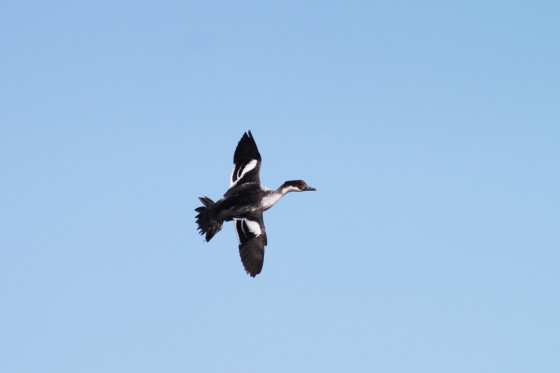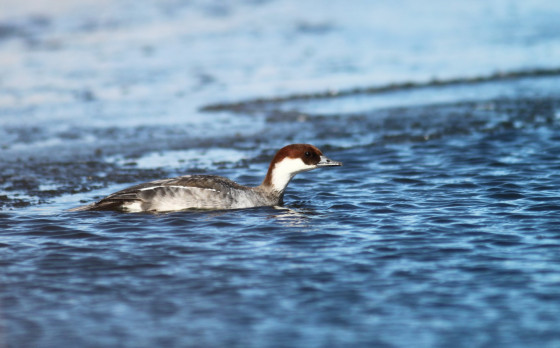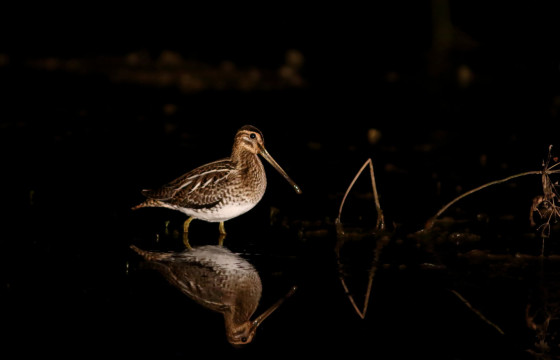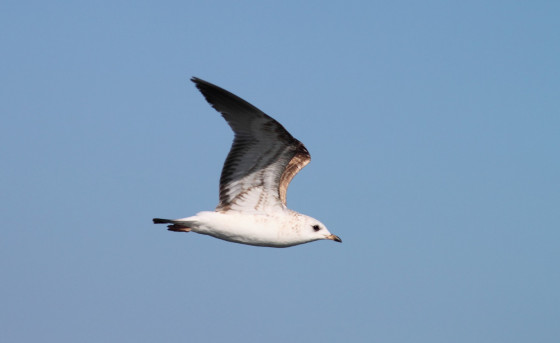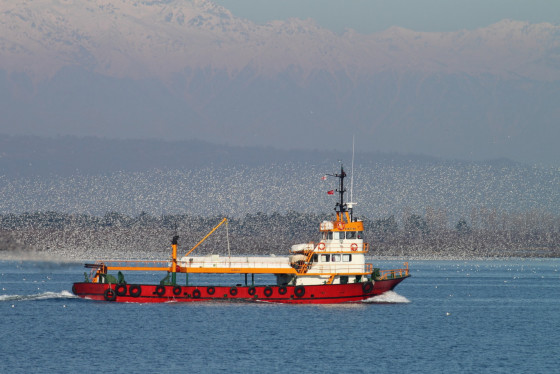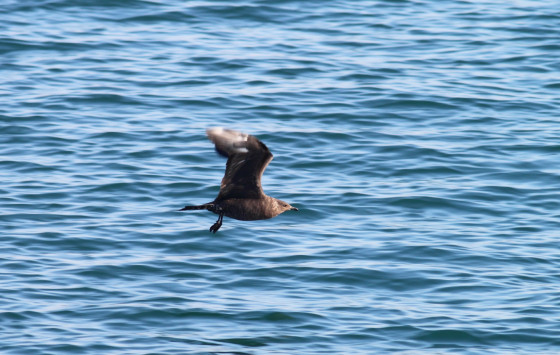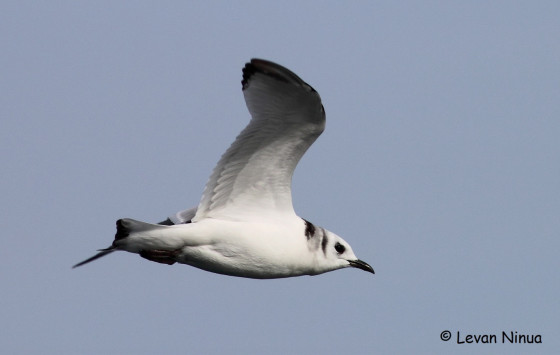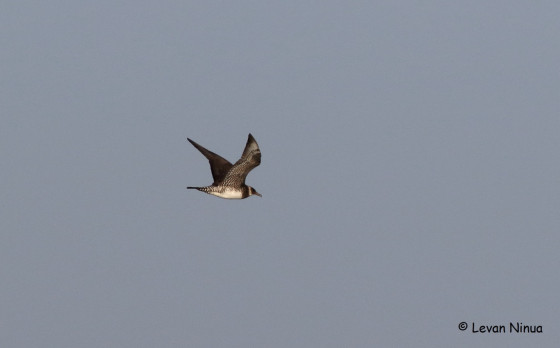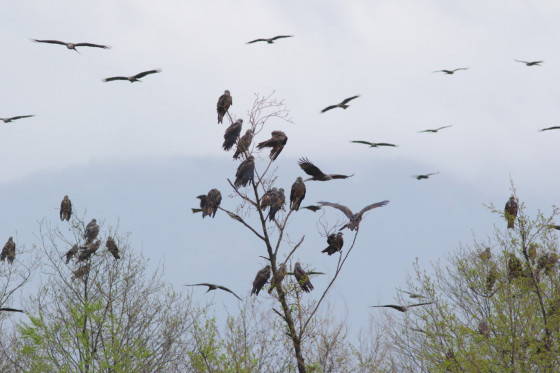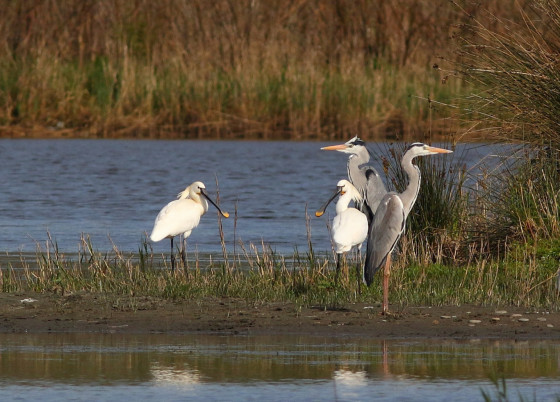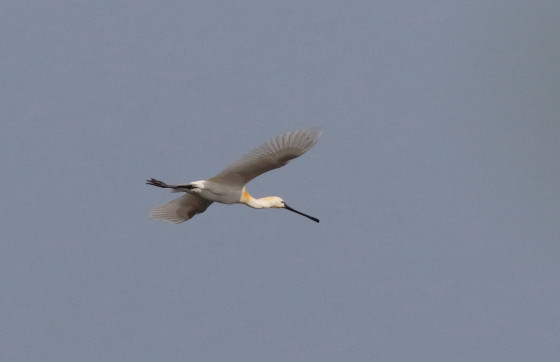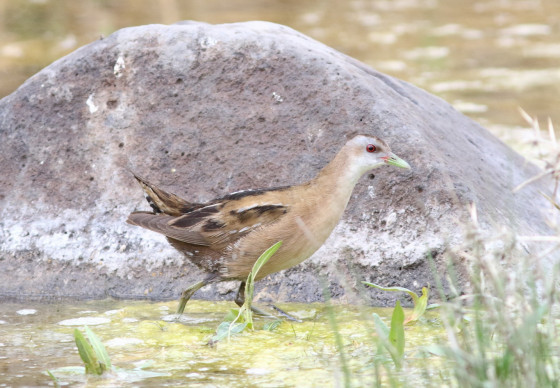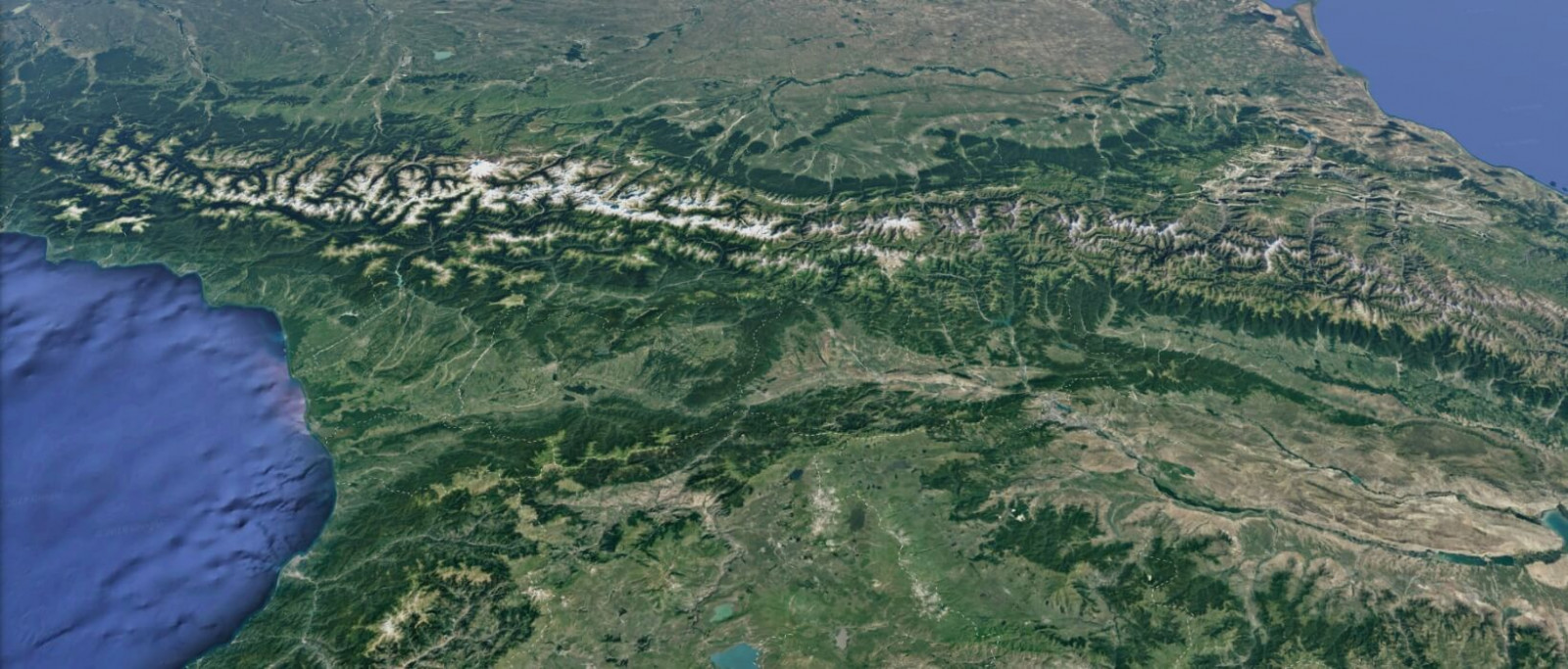Hotspots
Kolkheti National Park
This area is a wetland forest area west of the Black Sea coast, east of the town Poti and salty Lake Paliastomi, and south of the mouth of the river Rioni (Phasis). It has been designated a national park. The area is the geographic center of historical Kolcheti (Colchis), well known from the Hellenistic legend Jason and the Argonauts. As it is a lowland area lying almost at the sea level, it can be swampy and difficult to reach. Touring the site will take at least four days. The combination of the ancient Greek names of the site and the river makes up the Latin (and English) name for pheasant (Phasianus colchicus) that is thought to have been introduced to Europe by Argonauts from the site. The area harbors many waterfowl birds (especially along the eastern shore of Lake Paliastomi), and rare endemic plants, and many water-associated amphibians, reptiles, and mammals.
Birds: The number of species is much larger in the wintertime, as the site is an important wintering ground. The most numerous waterfowl that one can watch in the area are great crested grebe and little egret. Other birds to be seen include: red-necked grebe, black-necked grebe, great cormorant, squacco heron, great white egret, Eurasian spoonbill, glossy ibis, lesser white-fronted goose, ruddy shelduck, marsh sandpiper, great snipe, and many more species of ducks, waders, coots, as well as gulls and terns like great black-headed gulls, gull-billed terns, and white-winged terns. White-headed duck is a rare sight. At least one breeding pair and some dozens of white-tailed sea eagles have been recorded.
Other wildlife: Some mammal species can be occasionally observed, such as golden jackal, wild boar, and roe deer. The area has an introduced population of coypu. There is extremely high density of the Caucasian subspecies of common treefrog and lake frog. Common and eastern crested newts are found as well. Most common reptiles are ring snake, dice snake, and European marsh turtle. On land, one can see Artwin wood lizard, a west Caucasian subspecies of slow worm, and occasionally the Aesculapian snake. The area is covered by a deciduous wetland forest, composed mostly of bearded alder, several species of willows and oaks, common ash, etc. An important attraction is a relic, endemic tree species, wingnut (Pterocaria fraxinifolia). This tree’s closest relatives outside the Colchis plain grow in China and Japan. Locally an endemic oak (Querqus chorokhensis) is found. In the understory are various species of bladdernut.
What to expect
Journey For Life
Although Georgia covers only one-seventh of the Caucasus, it aggregates nearly every kind of habitat and biome found in the region. The country’s species diversity far surpasses two-thirds of the species found throughout the entire Caucasus, comprising nearly 1% of the planet’s animal and plant species.
Climate varies from dry warm continental in the southeast of Georgia to very humid temperate in the west; Mtirala in the southwest has 4,000 mm of annual precipitation, exceeding any other geographic point in continental western Eurasia. The country lies along the eastern coast of the Black Sea and southern slopes of the Great Caucasus Mountains, at the same latitude as Washington D.C., northern Greece and northern Spain. Humid areas have the greatest diversity of endemic species. Nearly a quarter of the terrestrial vertebrate and fish species, and even more of the flowering plants of Georgia are endemics of the Caucasus region.
